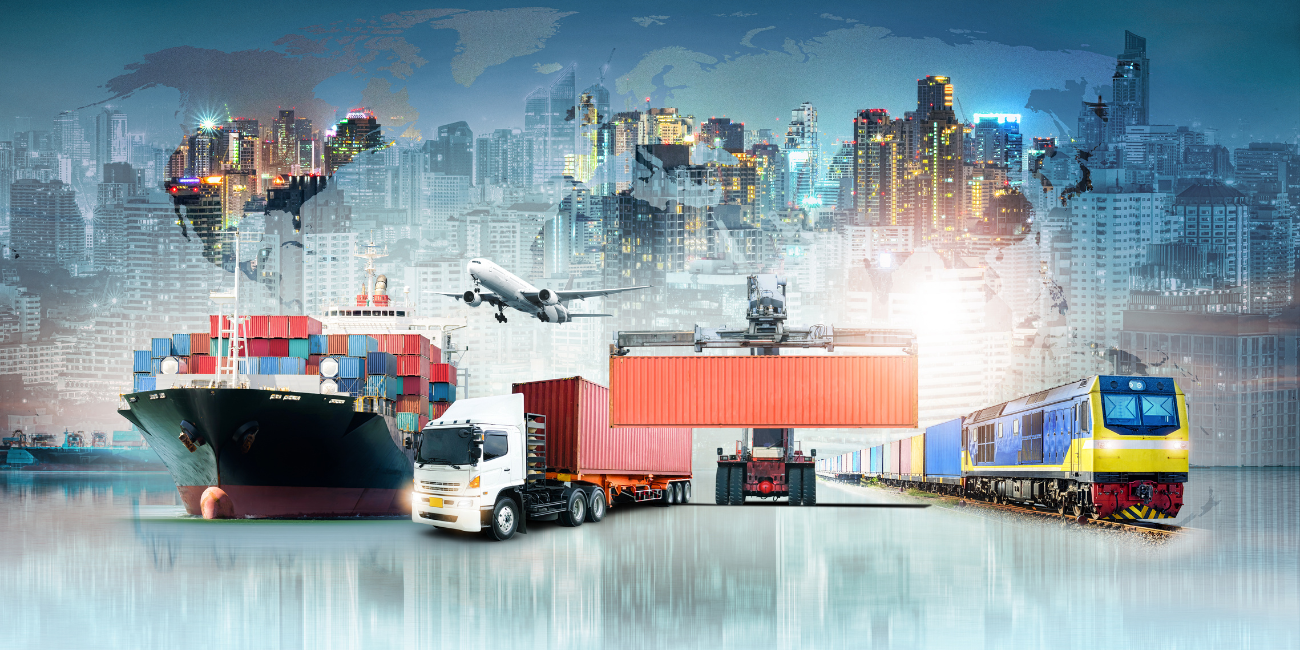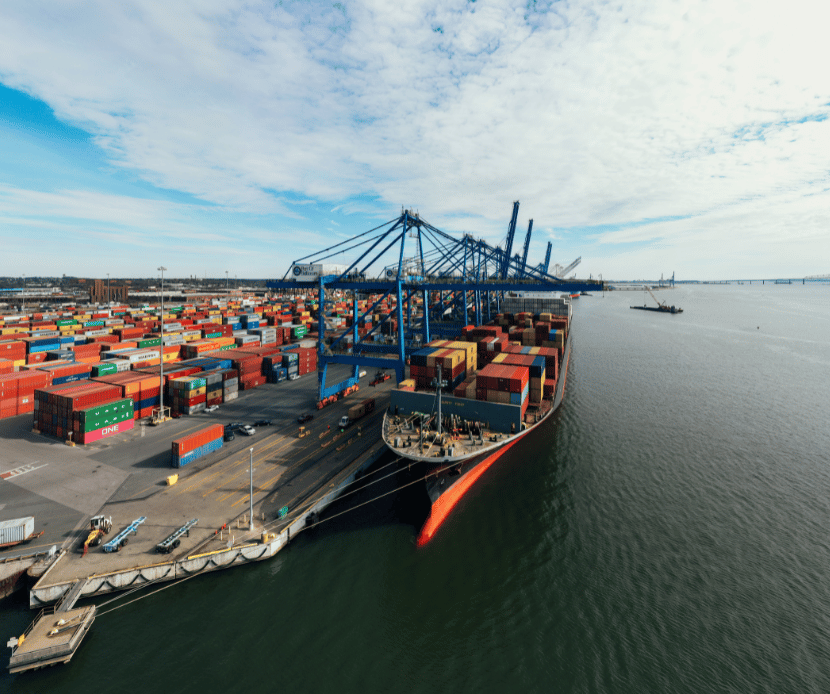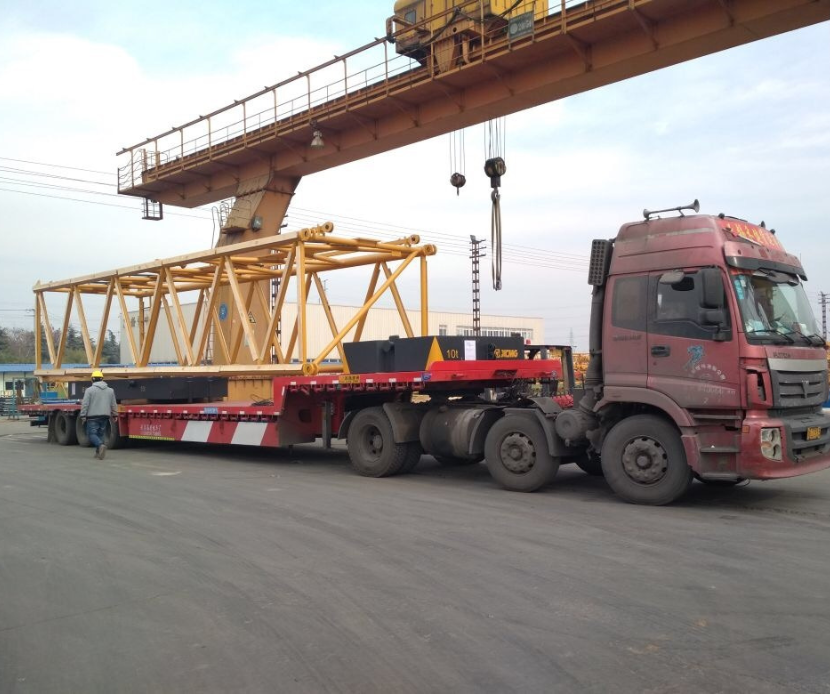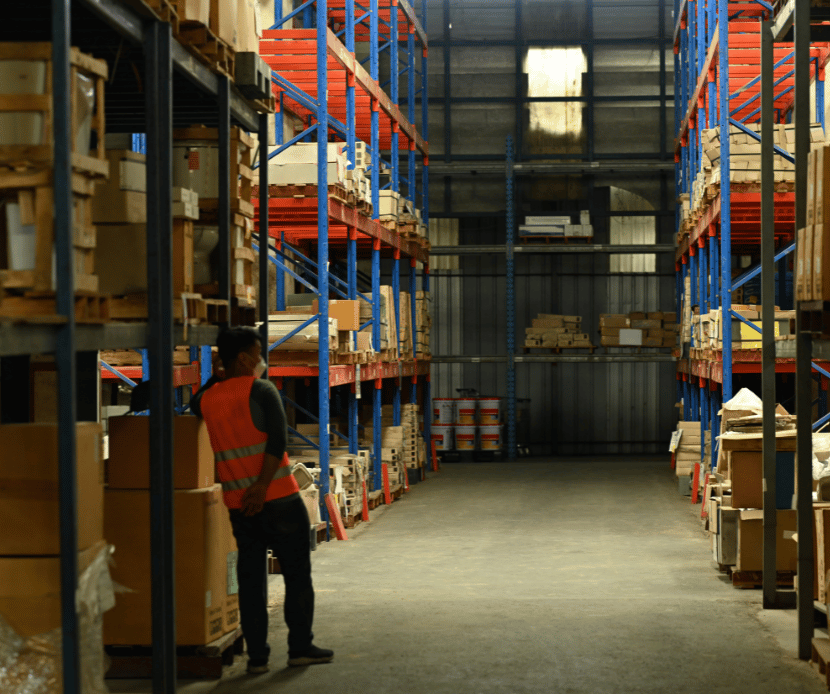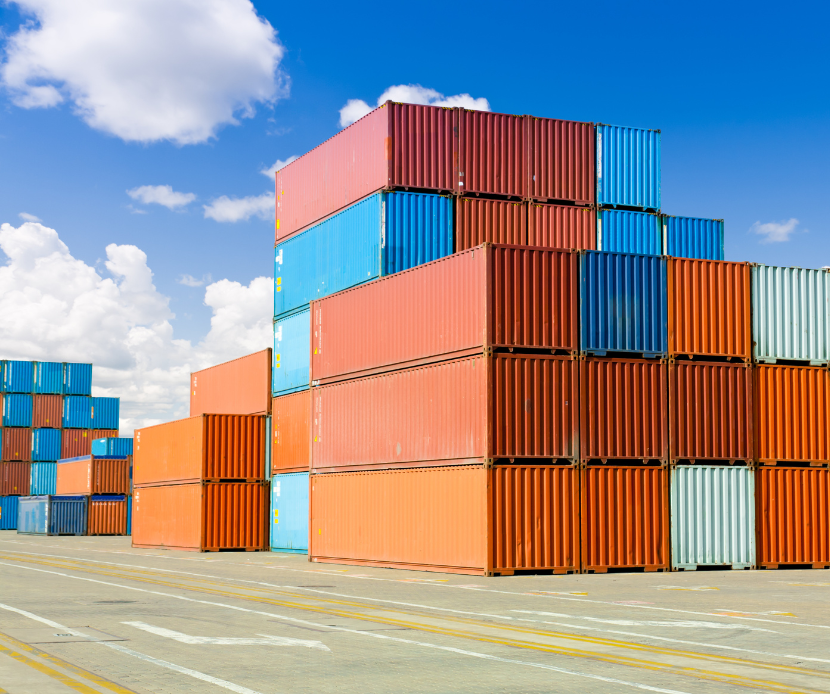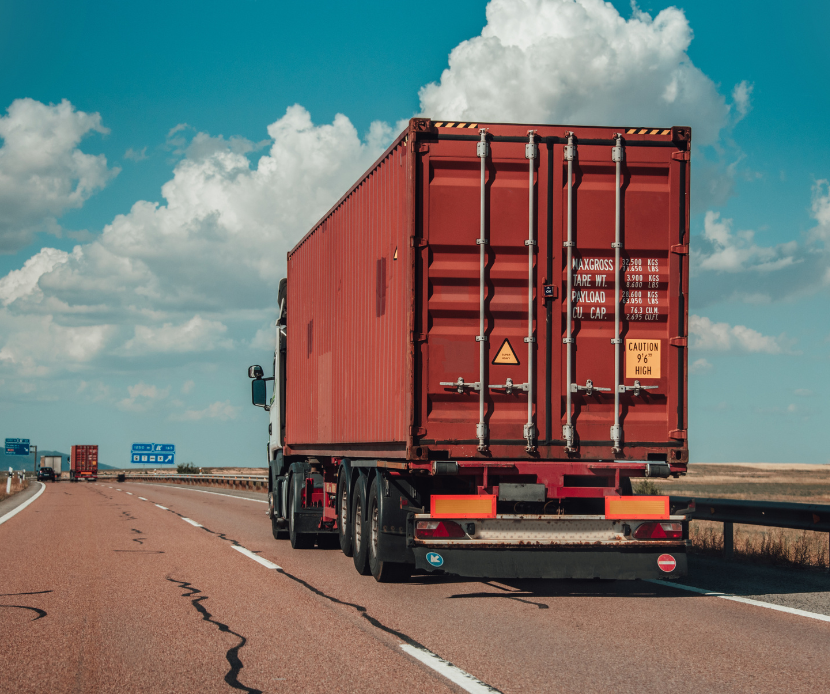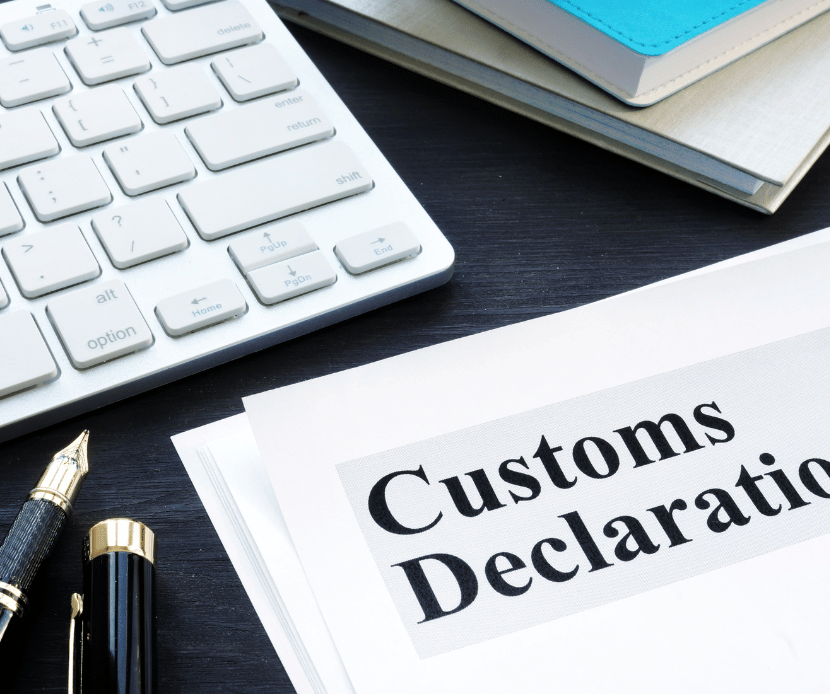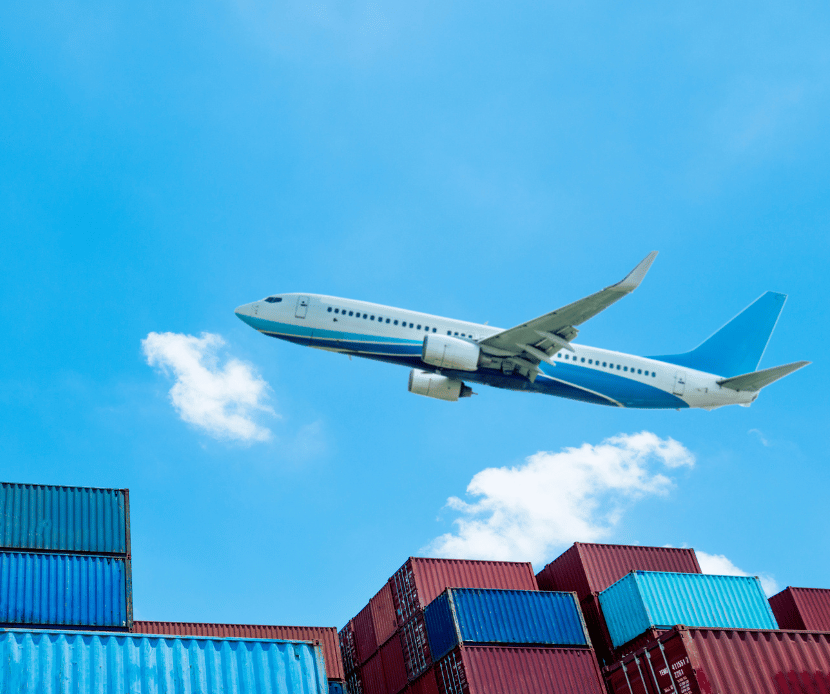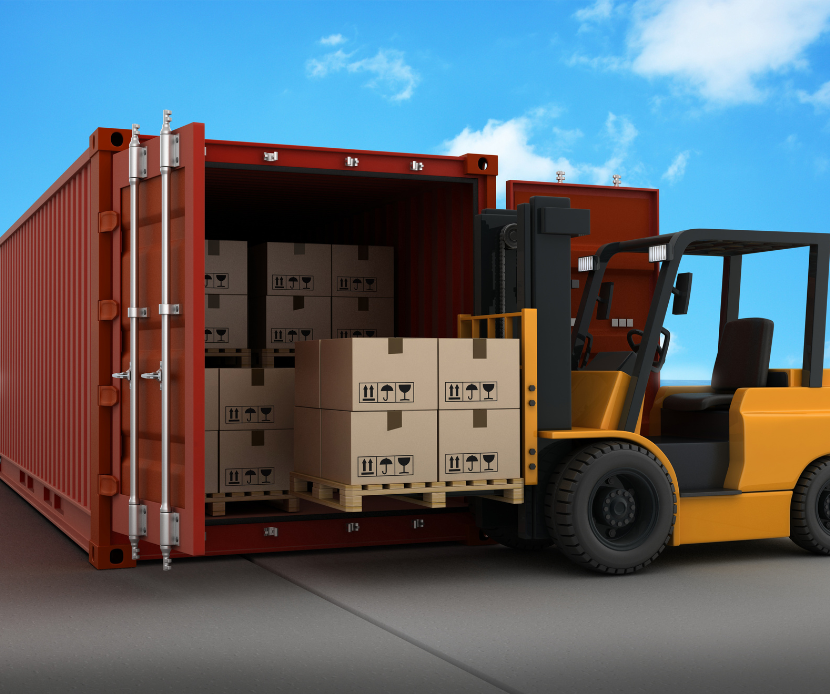Mastering Global Logistics: Overcoming Challenges and Implementing Solutions
A bustling port city teems with activity as ships arrive from distant shores, each bringing valuable goods. The docks are lined with containers filled with electronics from Asia, textiles from Europe, and rare spices from Africa. This global trade hub illustrates the complex and intricate system that fuels economic growth, but it also comes with its own set of difficulties.
From the perspective of a business owner, managing a steady flow of stock is crucial to stay competitive. On the other side, consumers eagerly await deliveries, tracking their much-anticipated orders. The path that goods travel is not without its obstacles, from logistical snags to unexpected delays. Understanding and adapting to these challenges is key to sustaining a seamless connection between the global market and local economies.
Understanding the Landscape
Global logistics encompasses a wide array of activities, including transportation, warehousing, inventory management, and supply chain optimization. To grasp the magnitude of the challenges faced, let's delve into some eye-opening statistics:
- According to the World Bank, trade logistics costs average around 14% of the total value of trade for low-income countries and 7% for high-income countries, highlighting the significant financial implications of inefficient logistics.
- The global logistics market is projected to reach a staggering value of $12,256 billion by 2027, driven by the growing demand for efficient supply chain management across industries (source: Allied Market Research).
- Delays in transportation account for substantial losses, with the global economy losing an estimated $2.6 trillion annually due to congestion, inefficient routes, and other logistical inefficiencies (source: World Economic Forum).
Navigating Supply Chain Disruptions
Supply chain disruptions can strike like a bolt from the blue, leaving even the most prepared businesses scrambling for solutions. From natural disasters to geopolitical tensions, an array of factors can throw a wrench into the gears of global logistics.
- Natural Calamities: When Mother Nature unleashes her fury, supply chains feel the tremors. Floods, earthquakes, hurricanes—these forces of nature can wreak havoc on transportation routes and disrupt production facilities, causing delays and shortages.
- Geopolitical Turmoil: In the realm of global logistics, political instability can cast a long shadow. Trade wars, sanctions, and regulatory changes can abruptly alter import/export policies, leading to bottlenecks at customs checkpoints and upheaval in supply chains.
- Pandemics and Epidemics: The recent global health crisis brought the world to a standstill, underscoring the vulnerability of supply chains to pandemics and epidemics. Lockdowns, border closures, and workforce shortages disrupted manufacturing and distribution networks, underscoring the need for resilient logistical strategies.
Embracing Technological Innovations
In the face of these challenges, technological innovations emerge as beacons of hope, illuminating the path towards enhanced efficiency and agility in global logistics.
- Blockchain Technology: The immutable and transparent nature of blockchain technology holds immense promise for revolutionizing supply chain management. By enabling secure and traceable transactions, blockchain mitigates the risk of fraud and enhances transparency across the supply chain.
- Internet of Things (IoT): With IoT devices proliferating, the logistics industry stands poised for transformation. From real-time tracking of shipments to predictive maintenance of vehicles and machinery, IoT empowers businesses to optimize operations and preemptively address potential disruptions.
- Artificial Intelligence (AI) and Machine Learning: AI and machine learning algorithms are ushering in a new era of predictive analytics in global logistics. By analyzing vast troves of data, these technologies forecast demand patterns, optimize route planning, and identify potential bottlenecks, enabling proactive decision-making and resource allocation.
Overcoming Infrastructure Bottlenecks
Infrastructure bottlenecks pose a formidable challenge to the seamless flow of goods in global logistics. Whether it's inadequate transportation networks or congested ports, addressing these bottlenecks requires strategic investments and collaborative efforts.
- Modernizing Transportation Networks: From roads and railways to air and sea routes, modernizing transportation infrastructure is essential for bolstering the efficiency of global logistics. Investment in high-speed rail networks, expansion of port capacities, and upgrading of airports can alleviate congestion and expedite the movement of goods.
- Optimizing Warehousing and Distribution Centers: Warehousing and distribution centers serve as the nerve centers of global logistics, facilitating the storage and distribution of goods. By implementing advanced technologies such as automated storage and retrieval systems (AS/RS) and robotics, businesses can optimize inventory management and enhance order fulfillment processes.
- Enhancing Last-Mile Delivery: The final leg of the delivery journey—the last mile—presents unique challenges, from navigating urban congestion to ensuring timely doorstep delivery. Innovative solutions such as crowdshipping, autonomous delivery vehicles, and micro-fulfillment centers are reshaping last-mile logistics, offering greater flexibility and efficiency.
Addressing Regulatory Compliance and Trade Barriers
Navigating the complex landscape of regulatory compliance and trade barriers is paramount for ensuring the smooth flow of goods in global logistics.
- Harmonizing Regulatory Standards: Divergent regulatory standards across jurisdictions pose a significant hurdle to seamless cross-border trade. Harmonizing regulations and streamlining customs procedures can reduce compliance burdens and facilitate the movement of goods.
- Mitigating Tariffs and Trade Barriers: Trade tariffs and barriers inhibit the free flow of goods and escalate costs for businesses engaged in global trade. Engaging in dialogue with policymakers, leveraging trade agreements, and diversifying sourcing strategies can help mitigate the impact of tariffs and navigate trade barriers effectively.
- Embracing Sustainability Initiatives: As environmental concerns take center stage, sustainability initiatives are gaining traction in the logistics industry. From adopting eco-friendly packaging materials to optimizing transportation routes for fuel efficiency, businesses are increasingly prioritizing sustainability in their logistical operations.
Charting the Course Forward
In the dynamic world of global logistics, challenges persist, but so do opportunities for fresh approaches and progress. By leveraging new technologies, enhancing infrastructure, and effectively addressing regulatory hurdles, businesses can work towards achieving more streamlined operations amidst the unpredictable environment of global logistics. As we navigate the intricacies of the supply chain, it's clear that confronting the hurdles head-on is as gratifying as it is demanding. Let's advance with resolve, flexibility, and a focus on teamwork, paving the way for a robust and efficient global logistics network.


